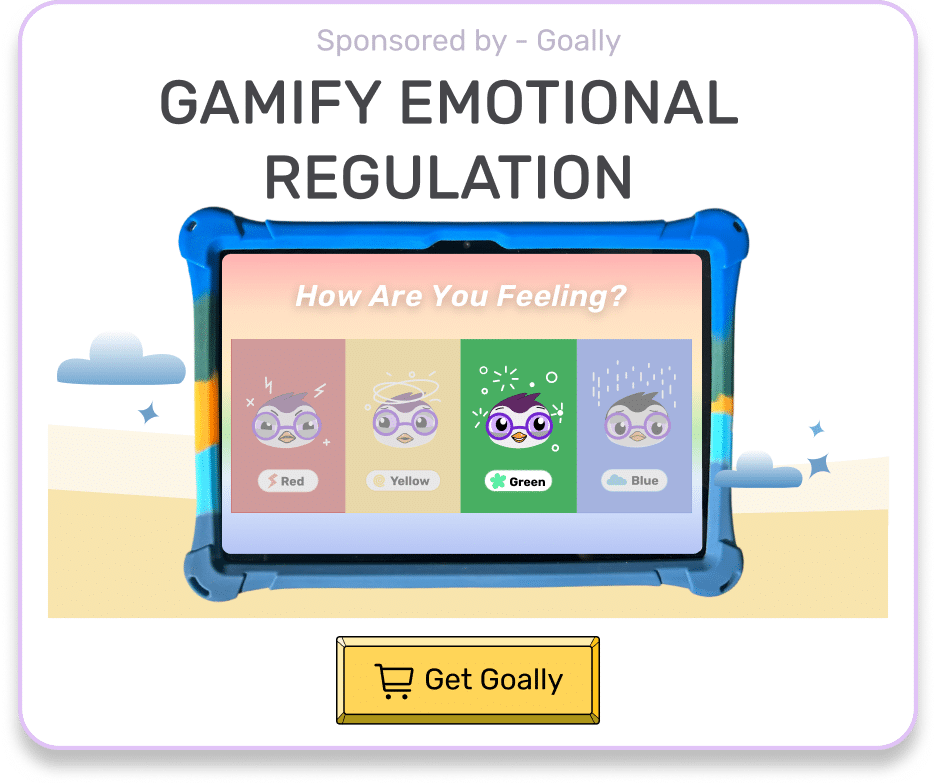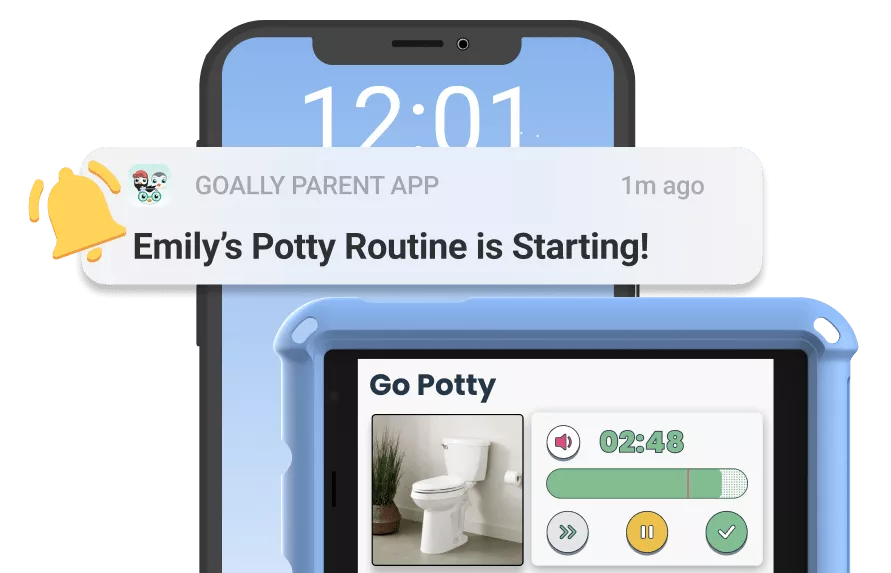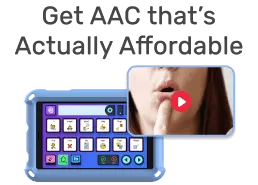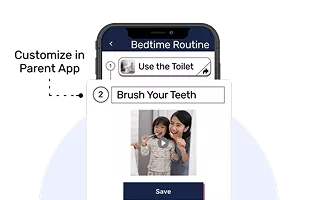A mood meter for kids is a simple and colorful tool that helps children recognize and understand their emotions. By identifying how they’re feeling throughout the day, kids can learn to express themselves better and manage their feelings in a healthy way. Using a mood meter encourages emotional awareness and supports kids in developing important skills like self-regulation and empathy.
Table of Contents
What is a Mood Meter for Kids?
At its core, a mood meter is a visual guide that assigns colors or categories to different emotional states. For example, red often signifies anger or frustration, while blue represents sadness or low energy. These tools are widely used in classrooms, therapy sessions, and homes to help kids better understand their emotions.
What makes it so effective is its simplicity. Kids don’t need advanced language skills to use a mood meter—they just point to the color that matches how they feel. This creates an entry point for meaningful discussions about emotions.
Read more: Calm Down Strategies For Kids
How Does a Mood Meter Work?
The mood meter is typically divided into quadrants, with each representing a different range of emotions based on energy and pleasantness levels. For example:
- Red: High energy, low pleasantness (anger, frustration)
- Blue: Low energy, low pleasantness (sadness, fatigue)
- Yellow: High energy, high pleasantness (joy, excitement)
- Green: Low energy, high pleasantness (calm, contentment)
By pointing to a specific quadrant, kids can quickly communicate their emotional state. This provides parents or caregivers with insight into how to support them effectively.
Why Use a Mood Meter for Kids?
Emotional awareness doesn’t come naturally for every child, and putting feelings into words can be especially challenging. That’s where a mood meter really shines. Here’s why using one can be a huge help:
- Names the feeling: Kids can’t manage what they don’t understand. The mood meter helps them label their emotions clearly.
- Encourages emotional regulation: Identifying emotions is the first step in learning how to manage them. For example, recognizing they’re in the red zone can prompt them to take calming breaths.
- Boosts communication: It’s not always easy for kids to say, “I’m upset.” But pointing to a color on the mood meter makes it simpler to start a conversation about what they’re feeling.
Now that we know why mood meters are so beneficial, let’s talk about how you can get started with one today.
How to Get Started with a Mood Meter for Kids
Using a mood meter is super straightforward and doesn’t require anything more than a printed chart and a little bit of time. Follow these steps to make the most of it:
- Print the mood meter: You can download the free printable mood meter to get started. It’s an easy first step.
- Explain the zones: Walk through the different sections with your child. “This red zone means you’re feeling mad or really frustrated.”
- Make it part of the routine: Checking in with the mood meter regularly, like before bedtime or after school, helps it become a natural habit.
- Talk about the feelings: Encourage your child to share what they’re experiencing. Ask, “You’re pointing to blue. Are you feeling sad? What happened?”
- Teach coping skills: When they identify they’re in the red zone, suggest activities like deep breathing, squeezing a stress ball, or taking a short walk to calm down.
Seeing the impact of a mood meter in everyday life can help you understand its value even more. Let me share a real-life example that illustrates just how effective this tool can be.
Read more: 5 Engaging Zones of Regulation Activities
Adapting the Mood Meter for Neurodivergent Kids
For kids with thinking and learning differences, you might need to tweak the traditional mood meter. For example, adding visuals like emojis or providing fewer options can make it easier to use. Some kids also benefit from tactile elements, such as stickers or textured zones.
Apps designed for emotional regulation can also supplement physical mood meters. Many apps integrate gamified features that engage kids while teaching them emotional skills. Check out ones that allow customization for your child’s unique needs.
Tired of Emotional Meltdowns?
Goally’s Mood Tuner app has activities for kids with BIG emotions. Teach kids how to tune their mood with Goally. See fewer meltdowns.
The Mood Tuner app encourages kids to look inwards and identify their feelings, helping them understand what’s going on inside. Once they’ve recognized their emotions, they can choose from a 20+ activities designed to help them self-regulate and find their balance.

A mood meter for kids is more than just a colorful chart—it’s a gateway to better communication, self-awareness, and emotional growth. Whether your child struggles to articulate feelings or just needs a little help navigating emotions, this tool can make all the difference. Start small, stay consistent, and watch as your child builds the skills they need to thrive emotionally and socially.
Resources:
FAQs about Mood Meter for Kids
What is a mood meter for kids?
A mood meter for kids is a color-coded tool that helps children identify and communicate their emotions, promoting better emotional regulation.
How does a mood meter for kids work?
Kids point to different colors on the mood meter that represent specific feelings like anger, sadness, calm, or happiness.
Why should I use a mood meter for kids?
Using a mood meter helps kids express their emotions, improves communication, and supports emotional regulation, especially for neurodivergent children.
Can I get a free printable mood meter for kids?
Yes, you can download a free printable mood meter for kids from our blog to help your child manage their emotions.
How can a mood meter benefit neurodivergent kids?
A mood meter helps neurodivergent kids identify their emotions easily, making it simpler to communicate how they feel and choose calming strategies.

Hennah is an experienced writer and researcher, helping children with autism, ADHD, and other neurodivergent conditions. As a blog contributor for Goally, she combines her deep understanding of neurodiversity with practical advice, offering valuable insights to parents and educators.





